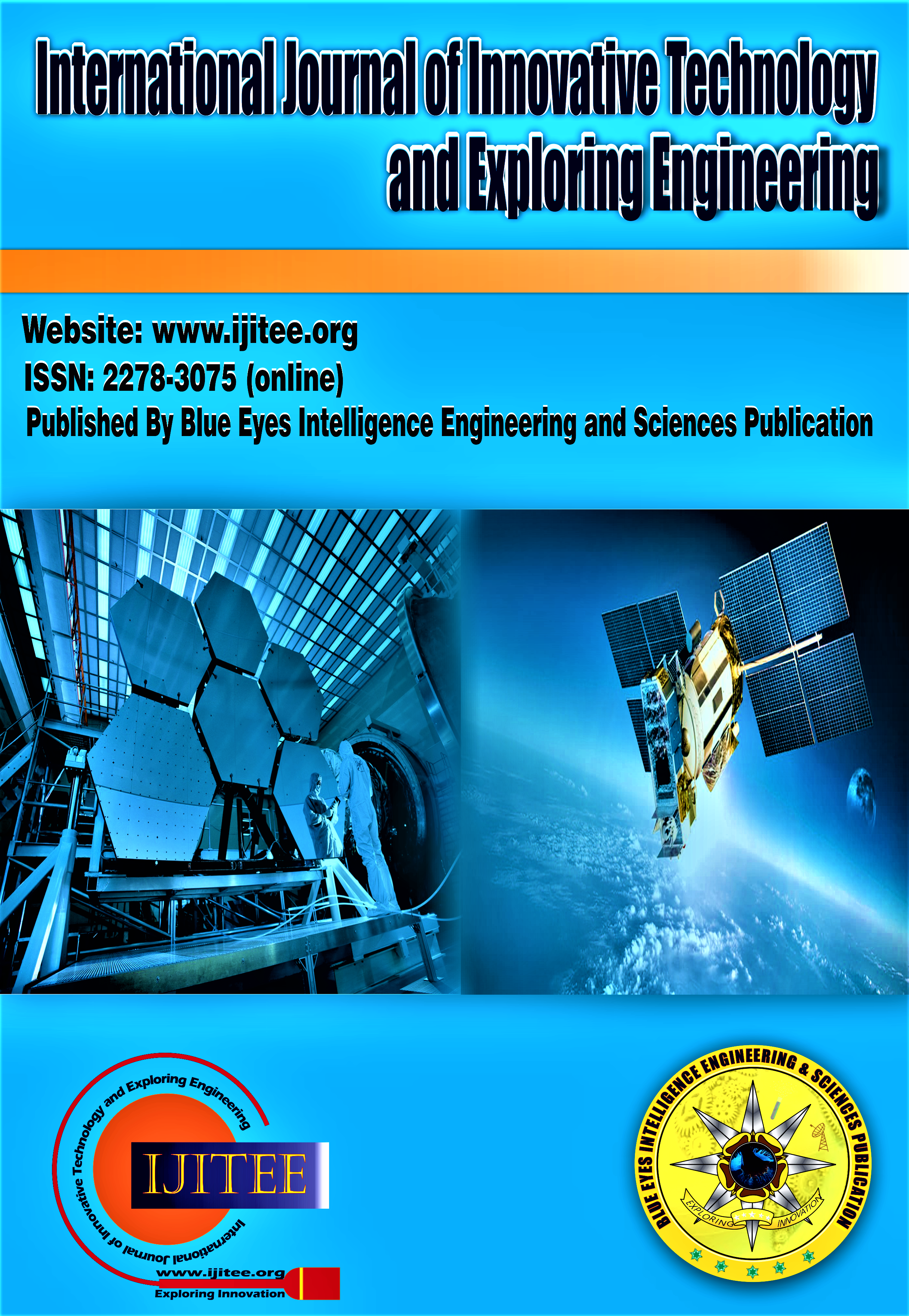Seismic Study of Precast Steel-Reinforced Concrete Building using Shake Table Test
Main Article Content
Abstract
Precast Steel-Reinforced Concrete (PSRC) structural frame systems for moment-resisting, comprised of Prefabricated Steel (S) girders and Precast Reinforced Cement Concrete (RCC) columns. This structural system has the advantage of inherent stiffness and damping during a seismic event. PSRC’s moment-resisting frame system is also known for its construction efficiency, lightweight, and low cost. Earlier investigations have shown PSRC systems helpful in designing and constructing buildings while maintaining ample strength and high ductility during seismic incidents. Despite much previous research, the use of the PSRC structural system in India is still limited. Previous studies have accepted a vital need to test comprehensive structural systems, both experimentally and analytically – to validate the knowledge collected to date and act as evidence of concept for the PSRC moment-resisting frame system. This paper aims to facilitate more recognition and use of the PSRC structural system as a feasible choice for traditional RCC lateral resisting systems. A shake-table test was conducted to evaluate the PSRC building performance during maximum considered earthquake events. The comparative study of experimental and numerical results of the 1/4th scaled building is presented.
Downloads
Article Details
Section

This work is licensed under a Creative Commons Attribution-NonCommercial-NoDerivatives 4.0 International License.
How to Cite
References
Deyuan Zhou, Changtuan Guo, Xiaohan Wu and Bo Zhang. (2016). Seismic Evaluation of Mutlitower Connected Building by Using Three Software Programs with Experimental Verification. Hindawi Publishing Corporation, Shock and Vibration, Article ID 8215696.
T.K. Datta. (2010). Seismic Analysis of Structures. John Wiley & Sons (Asia) Pte Ltd.
Mehmet Inel, Hayri Baytan Qzmen (2006), " Effect of plastic hinge properties in non-linear analysis of reinforced concrete building," Engineering Structures Journal.
Cordova, P.P. and Deierlein, G.G. (2005), Validation of the Seismic Performance of Composite RCS Frames: Full -Scale Testing, Analytical Modelling, and Seismic Design, Report No. 155 the John A. Blume Earthquake Engineering Center, Stanford University.
Noguchi, H. and Uchida, K. (2004). "Finite Element Method Analysis of Hybrid Structural Frames with Reinforced concrete Columns and Steel Beams." Journal of Structural Engineering, 130(2), 328-335.
Liang Xuemei, Gustavo J. and James K. Wight (2004), "Seismic behavior of RCS beam-column-slab subassemblies designed following a connection deformation-based capacity design approach," 13th World Conference on Earthquake Engineering, Vancouver, B.C., Canada.
Bendick, R.; Bilham, R.; Blume, F.; Kier, G.; Molnar, P.; Sheehan, A.; Wallace, K. (2002), Earthquake Hazards and the Collision between India and Asia, NOAA Science Review
Bugeja, M., Bracci, J.M., and Moore, W.P. (1999). "Seismic Behavior of Composite Moment Resisting Frame Systems," Technical Report CBDC-99-01, Dept. of Civil Engrg., Texas A & M University.
Sheikh, T.M., Yura, J.A., and Jirsa, J.O. (1987). "Moment Connections between Steel Beams and Concrete Columns," PMFSEL Report No. 87-4, the University of Texas at Austin, Texas.
Griffis, L.G. (1986). "Some Design Considerations for Composite-Frame Structures," AISC Engineering Journal, Second Quarter, pp. 59-64.





